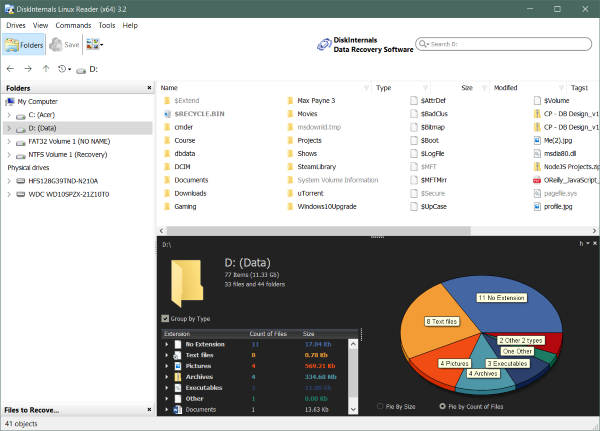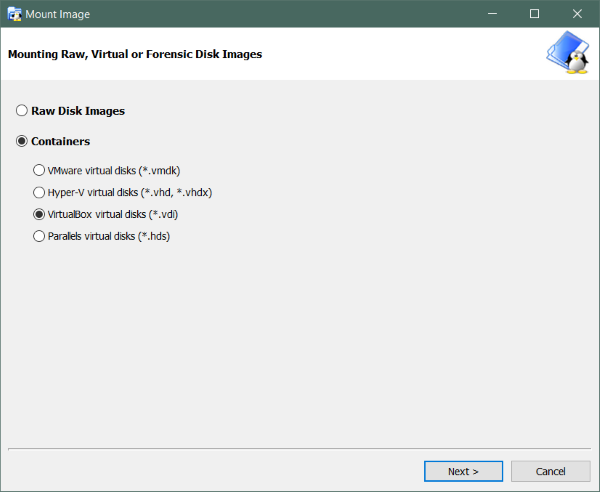Do you dual boot between Windows and Linux on your computer? This is a new way people use their computers to enjoy the benefits of both operating systems. The only problem that users face on Windows is that they are not able to access their files that were created in Linux. Even though both operating systems are on the same device, they follow a different file system. While Linux can easily read the NTFS file system in which Windows stores files, Windows cannot read Linux’s file system. In this post, we’ve covered a free tool called Linux Reader which solves this exact problem by letting you read files from a Linux filesystem on Windows.
DiskInternals Linux Reader

DiskInternals Linux Reader is completely free and lets you access files from Ex2/3/4, UFS2, HFS, and ReiserFS/4 file systems. Apart from that, the tool can also read normal Windows-supported file systems such as NTFS, Fat, exFat, etc.
However complex it may seem, Linux Reader makes it simple to access files from a Linux filesystem in Windows. The tool only provides read-only access, which means you cannot accidentally mess up with your Linux file system from Windows.
Read Linux File systems on Windows
The program has a neat interface that resembles somewhat with Windows Explorer, which makes Linux Reader an easy-to-use and understand tool. You can open any drive which has been formatted to be used with Linux. And you can browse its content like any other drive. The program has almost all of the standard features, such as a search box, navigation buttons, recent files, and folders. Also, you can specify a view and sort files on all the available properties.
If you are on the root of a drive, Linux Reader will show you some stats like the count of different types of files. It also displays a pie chart which can be customized a little. All these nifty little features come in handy when you are browsing files from a foreign file system.
You can preview all sorts of files, or you can save them on your Windows area to edit it and work on it. Right-click a file or folder and click on Save to save it inside Windows. You will need to specify a directory in which the files should be saved.
Linux Reader also lets you mount Raw Disk Images or Virtual Disks. So, any work done in a virtual machine can also be retrieved, and all the files can be easily accessed. This is a nice feature if you work a lot on virtual machines or if you have a raw disk image of your file system. To mount a drive, go to Drives menu and select Mount Image. In the next step, select the type of image you have and enter the path to that file, and you are done.

Linux Reader is a great tool and a quick, safe option to access files from a Linux file system. It is free, easy to use and gets the job done. The added features, such as support for disk images and the ability to connect to a DiskInternals Recovery Server, are a plus.
All in all, this is a must-have tool if you dual boot on your computer or happen to use Linux alongside Windows in any other way. Click here to download Linux Reader.
DAPATKAN FREECHIP DENGAN ISI TTS AGENS128
FULL BULAN DESEMBER 2018 (TANPA DEPOSIT !!!!)
for more info contact me :
WA : 085222555128
BBM : AGENS128